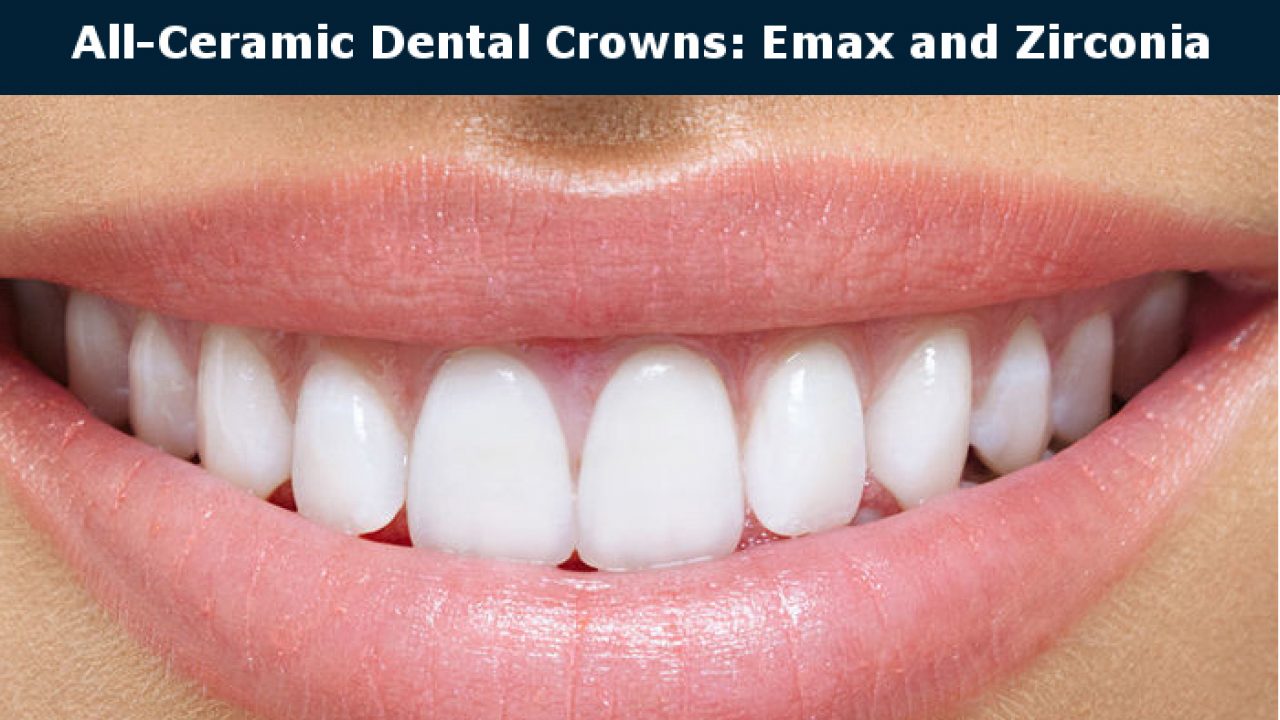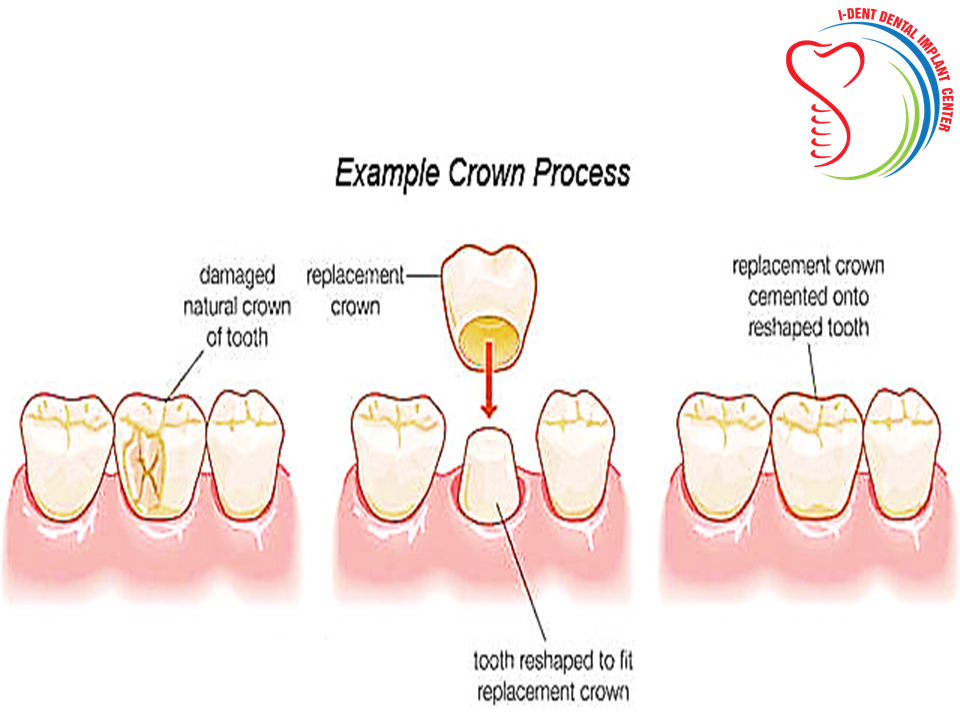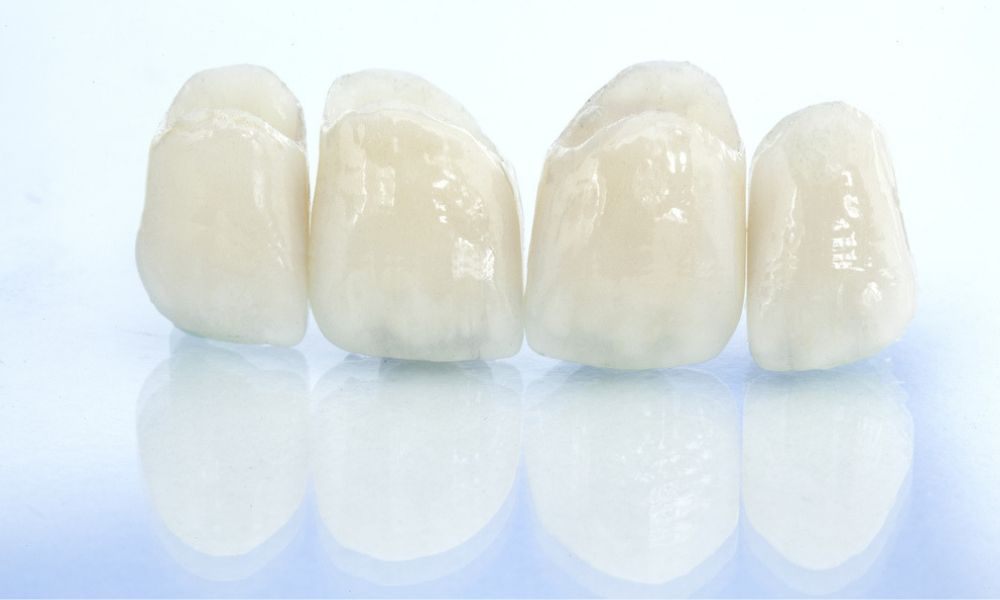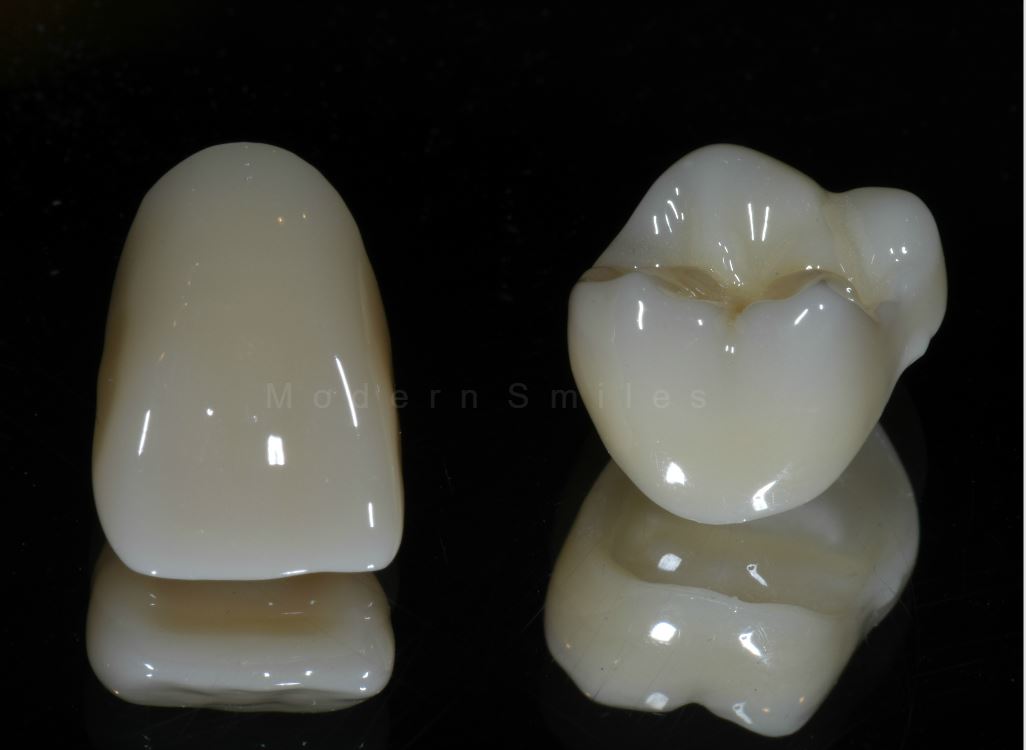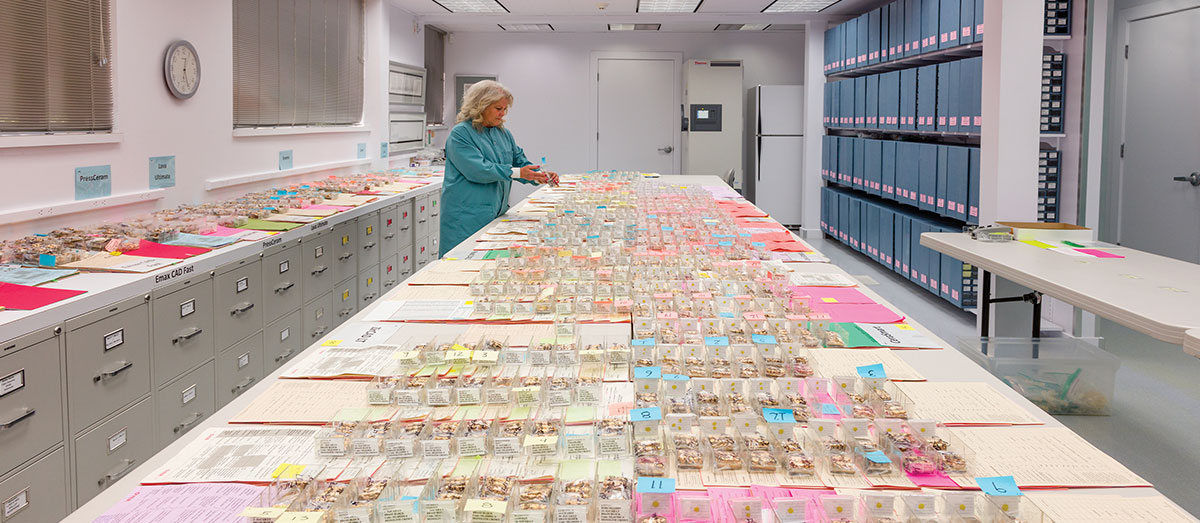Bio Ceramic Used For Crowns

Emax is the preferred ceramic system for anterior teeth.
Bio ceramic used for crowns. They match your surrounding teeth in shape size and color. It is both bio compatible and has the long term wear pattern like that of enamel. A popular choice is the cerec crown which is often made out of a very strong ceramic and is designed created and installed using computer assisted technology. Metal restorations metal free restorations natural aesthetic crowns veneers implants abutments more we consistently deliver precision prosthetics that exceed expectations.
Today s modern cement is designed to provide excellent marginal integrity which helps to compensate for any tiny discrepancies between the tooth preparation and the restorative material. This avoids the use of an invasive procedure of etching the tooth with acid and injuring the pulp or nerve of the tooth. Because of the extreme accuracy of the crown fit the crowns can be cemented with biocompatible dental luting material. Porcelain or ceramic crowns provide the best and most natural look.
Your digital restorations specialists bio ceramics dental lab is your complete fixed crown bridge lab. This latter procedure often times results in the pulp dying and necessitating root canal therapy. The best option for front teeth restorations. All ceramic or all porcelain dental crowns provide better natural color match than any other crown type and may be more suitable for people with metal allergies.
Bioceramics and bioglasses are ceramic materials that are biocompatible. Every patient is best served with a restoration that addresses their clinical condition whether pfm. Emax can be used for minimally prepared veneers or crowns as thin as 0 2mm. But the combined chemistry of calcium aluminate and glass ionomer gives calibra bio bioceramic luting cement unique properties unlike any other cement on the market.
That means no metal is used so they are toxic free. It makes beautiful restorations that are 2 5 to 3 times stronger than the other glass ceramic systems used today. Bioceramics range in biocompatibility from the ceramic oxides which are inert in the body to the other extreme of resorbable materials which are eventually replaced by the body after they have assisted repair bioceramics are used in many types of medical procedures. Bioceramics are an important subset of biomaterials.
All ceramic crowns can be used for. Placing an all ceramic crown may offer some advantages in regard to biocompatibility. More than a quarter of all crown procedures are replacements of existing crowns 1 and restorations can fail when marginal integrity is compromised due to microleakage.



